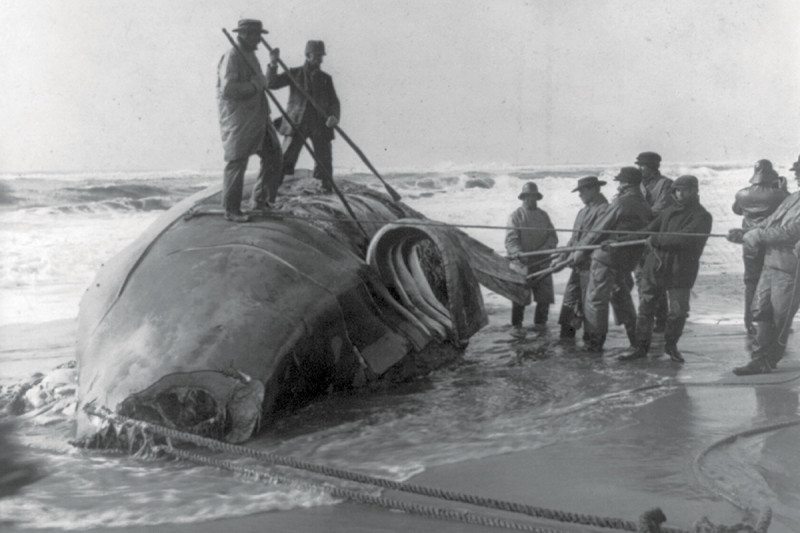
Library of Congress
By Lesley Evans Ogden
ON 2 December 1853, Orson Shattuck set sail from his home port of New Bedford, Massachusetts, to hunt for whales. Over the next three years, he and the crew of the Eliza F. Mason would travel as far afield as the south Pacific, the Arctic Ocean and the Sea of Japan. During that time, Shattuck witnessed fighting, flogging and desertion. There were accidental fires on board, and a sail-ripping collision with another boat. One man had his leg amputated after breaking it in a fall. Another got a bucket of water thrown in his face for sleeping on the night watch. A sperm whale tried to eat one of the whaling boats. On 12 May 1856, Shattuck himself very nearly died when his steering oar broke and he was catapulted into the sea.
We know all this because Shattuck was the ship’s log-keeper. More than 5000 logbooks and journals exist from the era of North American commercial whaling. They give a remarkable insight into __life at sea, but also meticulous detail on which whale species were present where and when. By digitising some of these treasures, a new project aims to use the hunters’ records to shed light on historical populations and migration patterns – and so inform conservation efforts today.
European settlers began whaling off North America’s east coast in the mid-17th century, moving into deeper waters from the 1720s as coastal whale numbers declined. In the 1860s, the US whaling industry began to shrink in the face of foreign competition and reduced demand for whale oil. ...
No comments:
Post a Comment